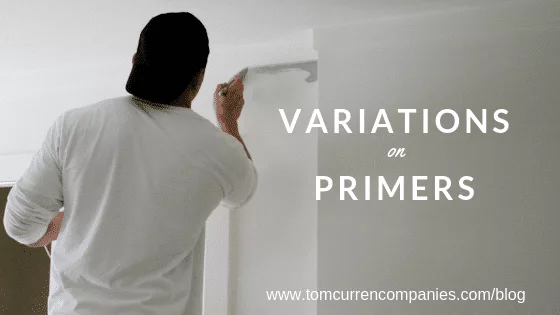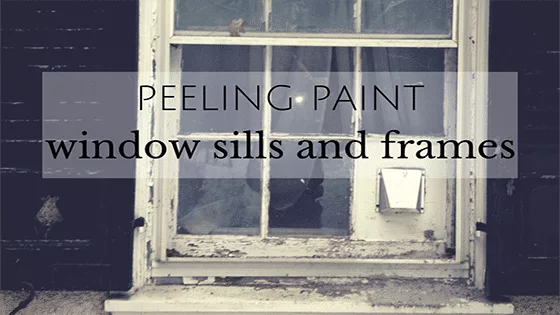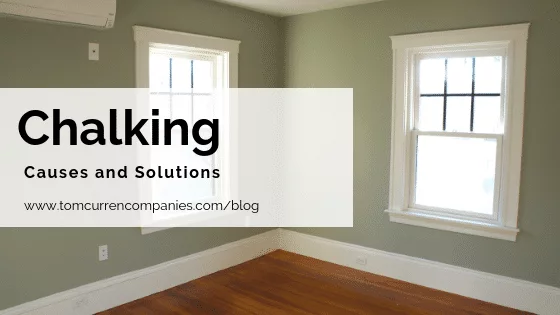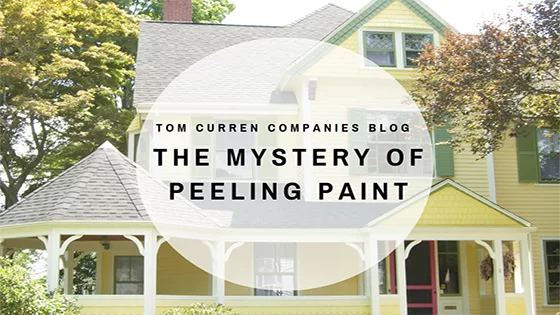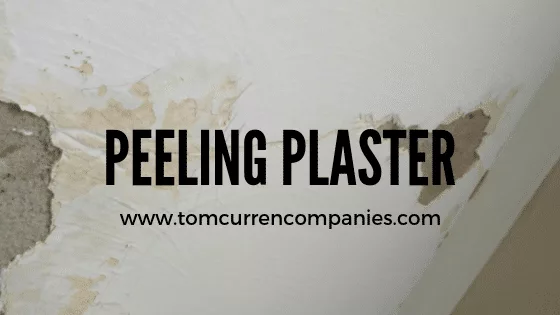The function of any primer is to give your surface an even base, to seal stains, and to ensure the smooth bonding and application of topcoats of paint.
Any unfinished surface should be primed: wood, drywall, metal, and concrete all receive paint better with a primer, which means a longer-lasting and more attractive finish for your surface. When paint goes over an unprimed substrate, the risk of cracking, peeling, chalking, and blistering rises exponentially. Before choosing a primer, however, you should consider a few things—most importantly, the type of paint previously used on your surface.
You can determine whether the existing paint on your home is oil or latex-based fairly easily: using a rag saturated with denatured alcohol or non-acetone nail polish remover, wipe down a small area and see if something happens. If the existing paint is oil-based, nothing will happen. If, however, it’s latex-based, you’ll see that some of the paint has come off on the rag, or the surface will become a bit distorted.
Now, with those introductory thoughts out of the way, let’s look at a few main types of primers:
1. Oil Primers: Oil primers are slow-drying but create an exceptionally smooth finish that, of all your primer choices, best fills in the pores of your wood without raising the grain. They also provide an excellent buffer against tannin stains—tannin being an organic but unsightly substance, typically yellow or brownish, that poses a problem to woods like red oak, redwood, and cedar. Oil-based primers may also be your best choice for previously varnished wood, heavily weathered wood, or as a fix over existing oil paint that has failed in some way or another.
2. Latex primers: Latex primers are more flexible than your other options, and they provide a breathable finish that helps resist cracking and peeling when the topcoat goes on. They’re also fast drying. The ideal surfaces for latex priming include: unfinished drywall, masonry, galvanized metal, and softwoods like pine, making latex primers a fairly versatile choice.
3. Shellac-based Primers: pigmented shellac primers have the most specialized uses of all of your choices. Shellac-based primers dry quickly, but they have a strong odor and aren’t as simple to use as latex or oil-based primers. They’re best used to prime or spot prime particularly stained surfaces, so they work well on water stains, tannin stains, heavy smoke stains, and rust. They also dry very, very quickly.
Remember that all primers work best when properly applied to clean, dry surfaces. It’s not a bad idea to sand down your substrate, if even just lightly, before application. And, in general, you’ll get the best results by painting topcoats within a week of priming.

